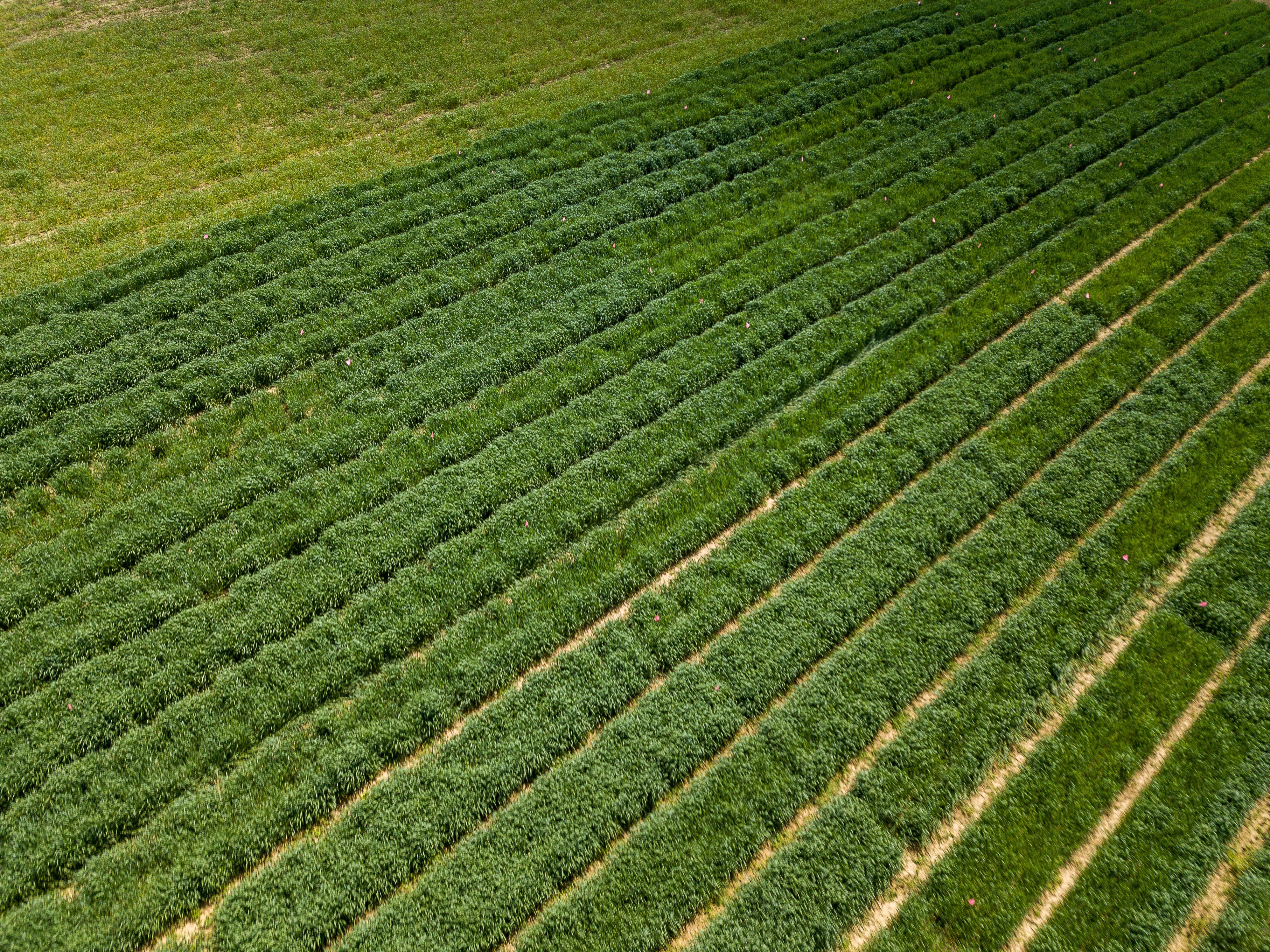How Soil Fertility and History Combined to make Kentucky’s Inner Bluegrass Region the “Horse Capital of the World”

Recently I was asked by a reporter to comment on the often-told story about why horses are so prominent in Kentucky’s Bluegrass Region.
The story goes something like this, the high phosphorus and calcium in our soils result in grasses and other forages high in these nutrients, and as a result horses pastured here have stronger bones than horses from other regions.
Like most stories, this one has some truth to it, but the real contribution of our soils to the horse industry is probably a little more complicated. A unique mixture of geology, human history and soil fertility combined to establish the Bluegrass Region as the world’s horse capital. There’s no doubt that calcium and phosphorus are important components of a balanced equine diet and the central Bluegrass Region has soils naturally high in both.
The Bluegrass Region in general, and the Inner Bluegrass in particular, consists of deep, residual soils formed from phosphatic limestone. Examination of soil test results generated by the University of Kentucky Soil Testing Lab (UKSTL) demonstrate the difference between Bluegrass soils and other regions of Kentucky.
From 1990 to 2010, 66% of the samples submitted to the UKSTL from the Bluegrass Region tested high (greater than 60 lb/acre) for phosphorus compared to 42% from all other Kentucky regions combined. Conversely, only about 12% of Bluegrass samples tested low or very low (less than 28 lb/acre) for P, while 25% of samples from other regions fell in these categories. These figures are even more surprising when we consider that most of these samples likely came from soils that had been managed and fertilized for decades if not centuries. Regardless, the high soil calcium and phosphorus in the Bluegrass probably didn't directly lead to better horse bones and the rise of the Kentucky horse industry.
The Bluegrass Region of Kentucky was uniquely located on the path of European settlers' western expansion. The post-Revolutionary war era in the U.S. was a period of rapid population growth and industrialization largely supported and powered by animals. White farmers (some subsistence but many participating in global markets) were moving to Kentucky in significant numbers in the late 18th Century, but this increased significantly in the first half of the 19th Century.
This movement was due in part to soil exhaustion in the "Old South" states of Virginia and the Carolinas (chiefly, slave-raised cash crops like tobacco and cotton). Colonial farmers from Virginia and the Carolinas came from a tradition of horse production. Therefore, an increasing demand for horses to support the agricultural and industrial activity of the U.S. coincided with the settlement of Kentucky by “horse people.” However, that’s only part of the story. There were other regions west of the Appalachians being settled at the same time and we have to ask why one of those regions didn’t become the “Horse Capital of the World?”
Plants take up calcium passively, so feed grown on high calcium soil will likely have higher Ca content than feed grown on lower calcium soils. However, I would suspect that many soils across the U.S. in the 18th and 19th Centuries produced feed with adequate Ca nutrition. The phosphorus in the Bluegrass Region was likely more important, but not because of its nutritional value for the horses. Instead, the Bluegrass soils with their high phosphorus content likely supported higher forage yields than soils in the surrounding regions, which had lower soil phosphorus contents.
At the time Kentucky was settled, soil organic matter built in the soil over eons, legume crops and manures provided nitrogen to crops across the settled areas of North America. Similarly, native soil minerals in many regions had sufficient potassium to support adequate crop production. However, most soils across North America are limited in their natural ability to support crop phosphorus requirements. The naturally high phosphorus content of the Bluegrass Region soils, resulting from the geology that produced these soils, is unique. Crop and forage yields in 18th and early 19th Century America (and globally) were largely limited by soil phosphorus availability. It wasn’t until the mid-19th Century that soil chemists in Germany began to understand and promote the concept of essential elements required for crop growth and the necessity of fertilizing with phosphorus (along with the other essential mineral nutrients elements like nitrogen and potassium).
Simply put, at a time when we did not understand fertilizing crops with phosphorus, the Kentuckians landed in a spot that was unique in that it did not require phosphorus fertilizer and their arrival coincided with the advent of the industrial revolution and its complimentary high demand for horses. The Central Bluegrass probably represented the largest region with high soil phosphorus that was well suited to horse production, and was easily connected to population, industrial and agricultural centers of the U.S. Generally it's a story at the intersection of history, soil fertility and economics, not just an animal nutrition story.
This is just my theory, but it’s an interesting question that would be fascinating to see explored jointly by historians and soil scientists.
Joshua M. McGrath, PhD, associate professor and extension specialist, University of Kentucky Department of Plant and Soil Sciences, provided this information.
